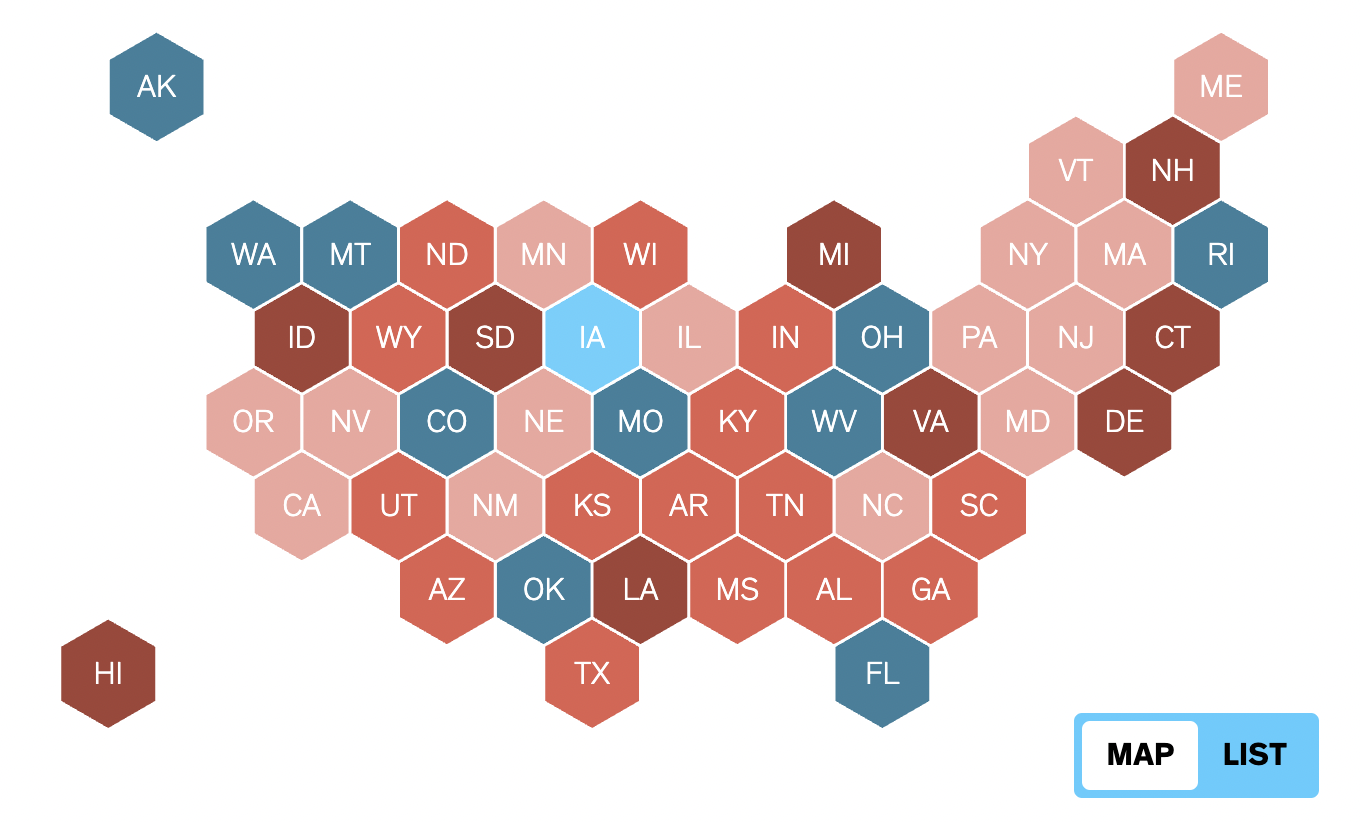Legal language may be daunting, but three lawyers briefed NPF Statehouse Reporting Fellows on how to read the fine print and leap ahead of competitors.
5 takeaways:
➀ Understand the players. “The number one thing when you’re trying to read a bill is ask yourself, ‘Who really wants this?’” and to keep that context in mind as you start reporting, said Hugh Brady, senior lecturer at the University of Texas – Austin School of Law and Parliamentarian for the Texas House of Representatives. Familiarize yourself with the sponsor and any co-sponsors, Amanda Zarrow of the Voting Rights Lab advised. If a bill’s purpose isn’t clear on its face, knowing what the sponsor has said about the topic will point you in the right direction. In addition to speaking to the lawmakers, get to know the clerks and the legislative librarian staff, Brady said. They have vast institutional knowledge and are an “untapped resource.” However, “the legislative counsel lawyer is not going to get you anywhere because of the attorney-client relation,” Brady said.
➁ Read the %$#@ bill. The biggest mistake reporters make in reporting on legislation is overgeneralization, said Randall Erben, a professor at the University of Texas – Austin School of Law. “I give my students a T-shirt when they finish my class, it says ‘RTFB,’ that means ‘Read The ___ Bill.’ And there’s really no substitute for it.” Erben advised reporters to check their state’s legislative tracker website (Google legis.state), which should include original text, updates, who’s for and against, fiscal impact as well as a non-partisan brief or summary. The summary is a good place to start. An initial Ctrl + F to find keywords or phrases you’re concerned with is also helpful. “Because bills are organized sequentially … not thematically, you’re often going to find provisions on a single topic just scattered throughout a bill in an order that would not, in any other context, make any sense,” Zarrow said.
➂ Know procedure. Both law professors encouraged reporters to get a copy of the drafting manual of the legislative counsel (aka the attorneys who write the bills for the lawmakers), so you can understand the template language that is used. You should also know the constitutional rules of your state. “Understanding the procedure is just as key as understanding what’s in the bill,” Brady said. One of his pet peeves is when people say a bill was killed due to “a technicality” when someone raises a procedural objection. Some of those objections are about transparency and fairness, substantive issues. “Even knowing how the bill flow chart works, you’re going to be smarter than 95% of the people in the building,” Erben said. “Even knowing where it is and just following the bouncing ball through its calendars committee or the rules committee, and it’s going to come to the floor and when it’s going to get to Senate, even knowing that, you’re going to be ahead of the game.”
➃ Dig into the provisions, amendments, exceptions. “Pay attention to cross references and to amendments … references in a bill provision to either an existing code section that’s not out in the bill or to another section of the bill itself,” Zarrow said. If they don’t make it easy to tell what is being added and removed, version compare software (even simply in Microsoft Word) may help in tracking changes, Zarrow said. Reporters should always look at the underlying statute, Erben said. “A lot of times they say ‘we’ll delete section C.’ Well, what the heck is section C?” Erben said. It’s your job to find out.
➄ Take a breath before hitting publish. Report the news and resist opining. “Don’t try to overanalyze something in the moment because that’s where things get wrong,” Brady warned. “I appreciate everything that y’all do and I think that really a free press is the cornerstone of democracy. And I understand you’re under deadline pressures, and I understand the business of news has changed, you’ve got to get something up and there’s got to be clicks and you’re judged on all sorts of metrics that somebody 50 years ago, 20 years ago, wasn’t judged on. But I want to echo something that Randy said at the beginning, which is nobody else is taking time to be deliberate or understand what’s going on,” he said. “I look at the Texas Tribune if I’m trying to figure out what’s going on, even though I’m sitting inside the building.”
This program was sponsored by Arnold Ventures. The National Press Foundation is solely responsible for the content.







